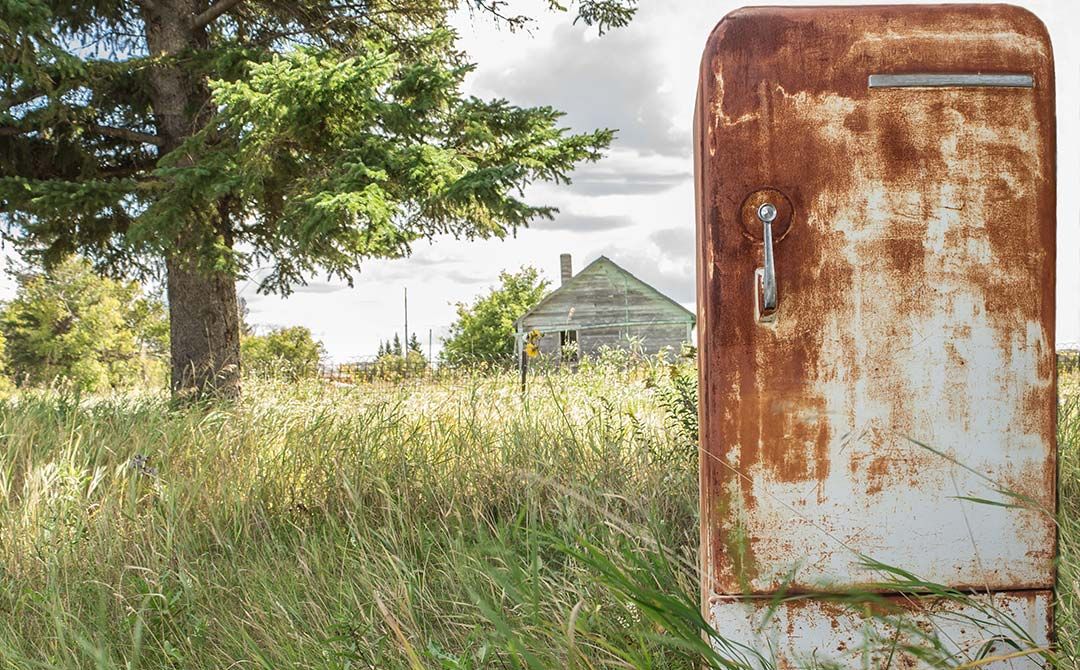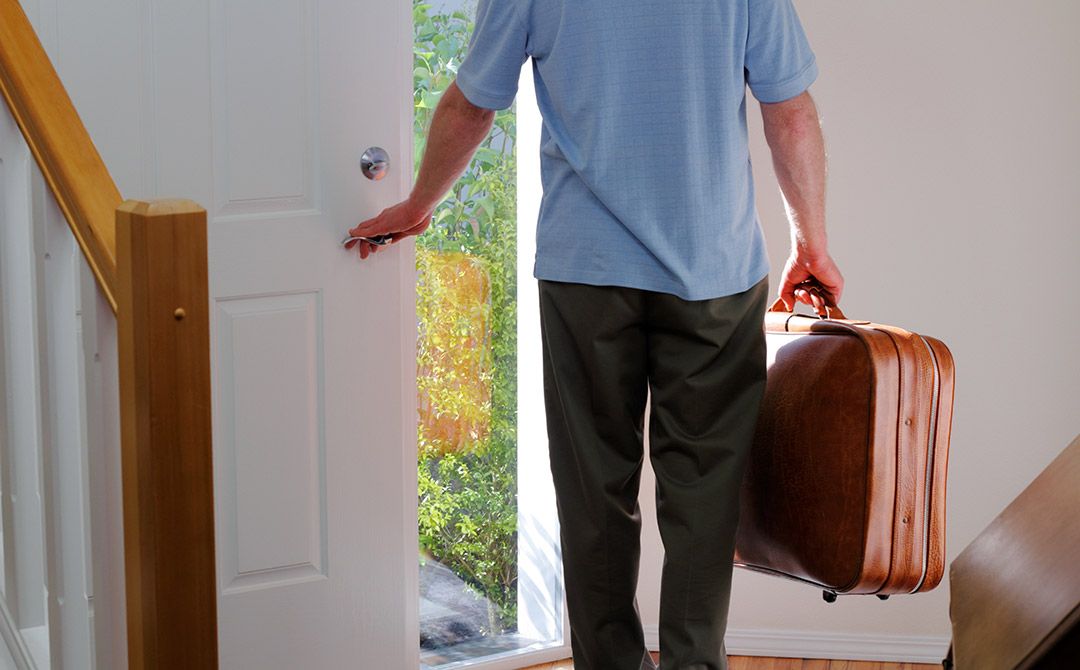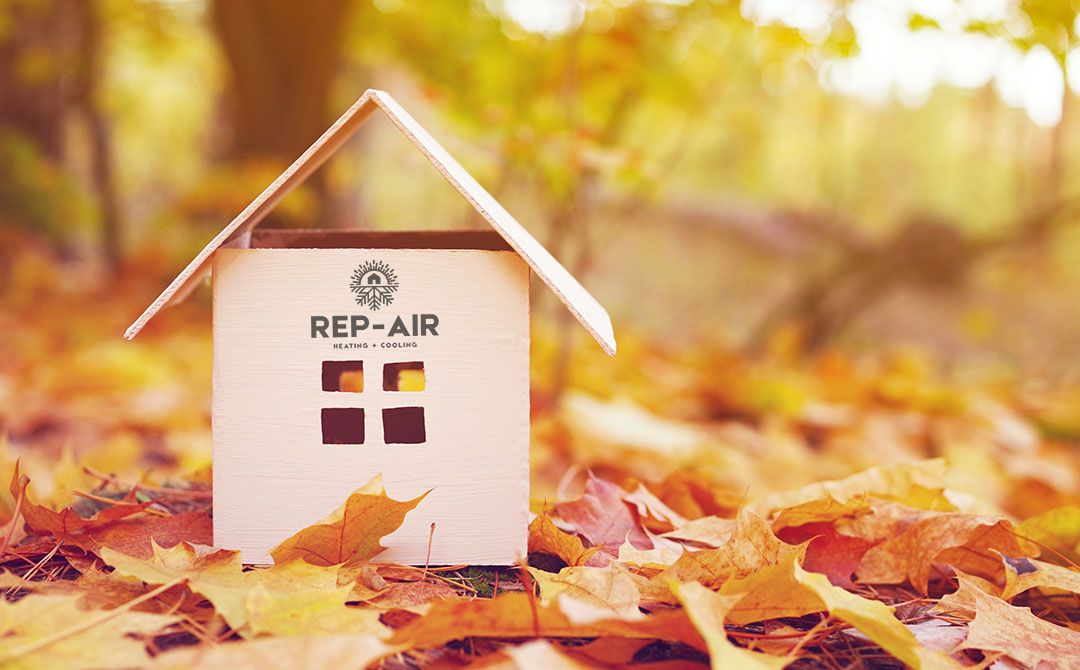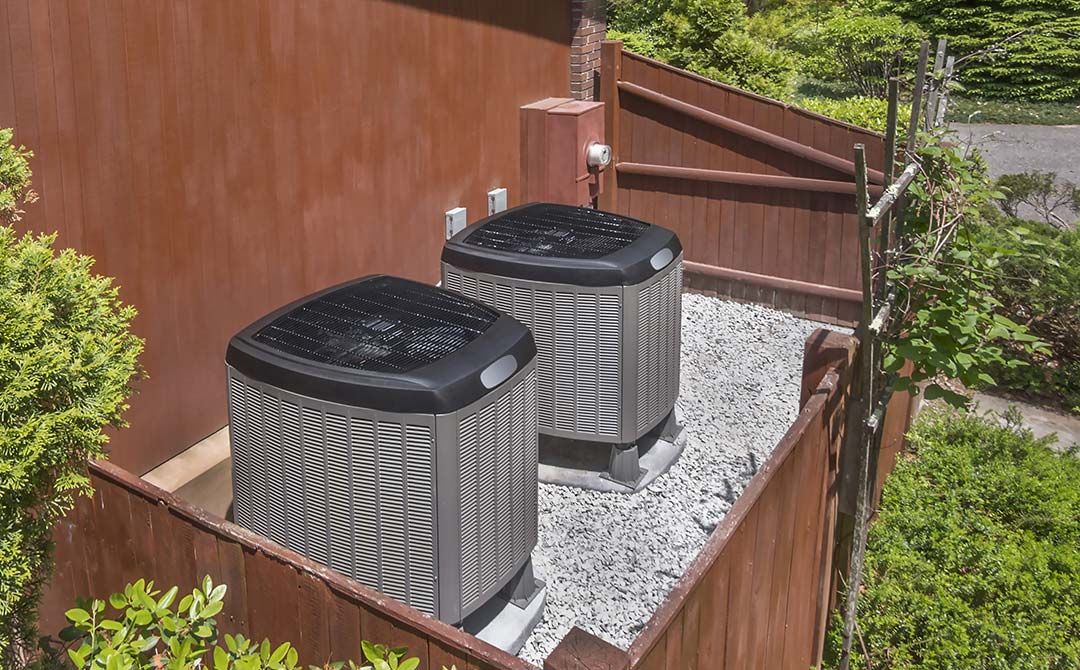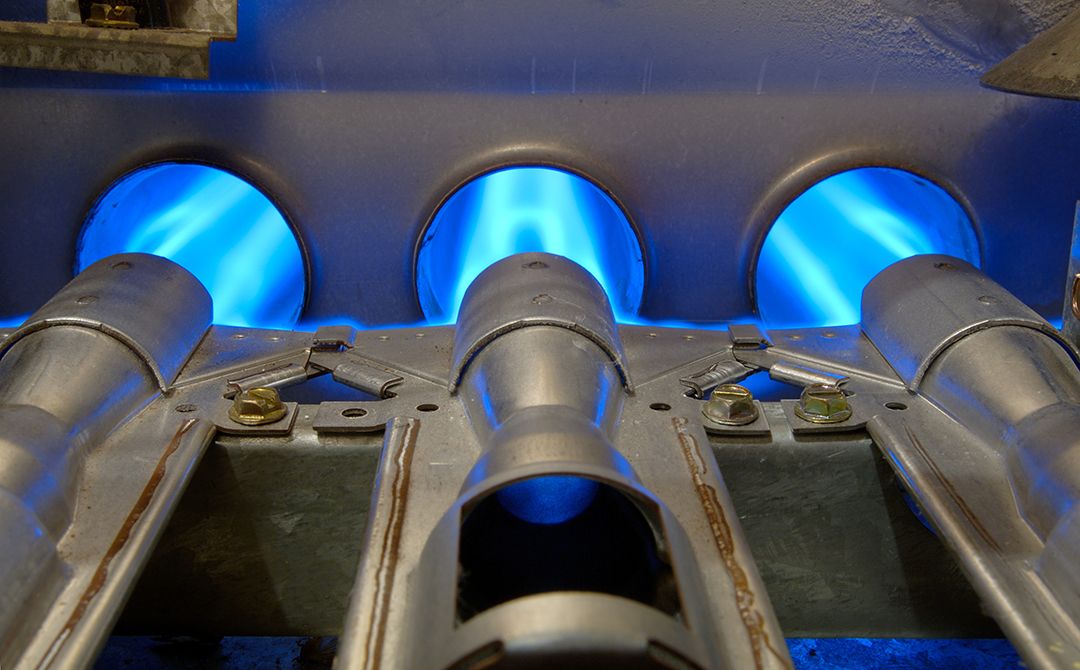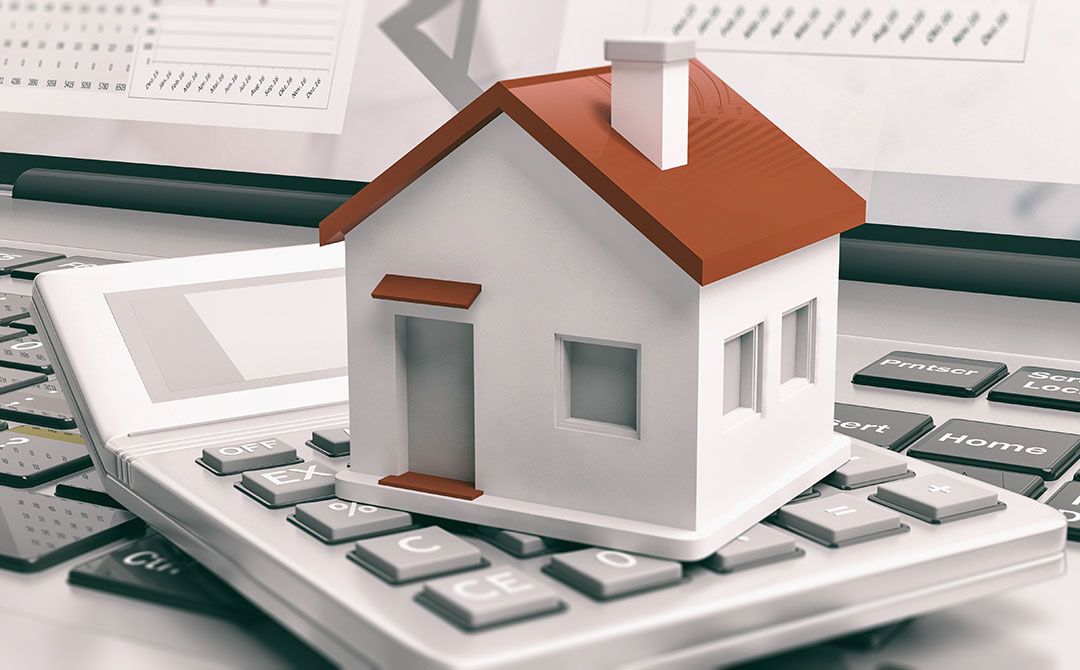How to Control Air Quality & HVAC as a Pet Owner
Do you own a dog or a cat (or both)? If so, that’s great! Pets make for wonderful companions no matter what day of the year. They can be loyal, funny, protective, sassy, and even weird (depending on whether there’s a full moon or not…just kidding!).
However, one thing you need to be aware of as a pet owner is the air quality in your home. It’s easy for pet owners to live with things like hair and the less-than-pleasant hairballs, but not everyone is a pet owner and if you’ve lived with pets long enough, you might not realize other peoples’ sensitivities until they sneeze upon entering your home and can’t stop!
To make things easier on our pet clients, here’s how you can control the air quality from your home’s HVAC systems even as you’re raising Fido and Fluffy.
Meet your new best friend: the vacuum cleaner
Dander is one of the other airborne things next to hair and fur that you need to worry about as a pet owner. This dander is what exactly people can develop allergies towards as it affects their skin and air quality. With this in mind, meet your new best friend (if you weren’t already acquainted!): the vacuum cleaner.
Vacuuming the floors is only one step towards controlling the air quality in both your home and for your HVAC systems. The furniture, curtains or blinds, the tops of cupboards, and overtop ventilation slots can all harbour dust in addition to pet hair and dander. This step can also help to prevent pests from making things even worse!
Grooming helps
Not only should you vacuum but also you should consider grooming your pet as often as needed. Depending on whether your dog or cat is a short-hair or long-hair, grooming needs will vary, but it should be done at least once a week. Asking your vet for tips can help.
Grooming can also prevent any damage to your home’s HVAC units and the air quality as well. Larger clumps of fur can spell bad news if they find their way into the ventilation connecting to a heat source during the circulation process. And everyone knows that fur + heat = fire, so the less likely you can create hazards, the better!
In addition, grooming your pets yourself can create some much-needed bonding time between you and your dog or cat or both. They’ll appreciate your attention to them! Touch is one of the best ways to further strengthen the bond between you and them. Frequent bathing can also help limit the amount of dander and fur that can trigger a person’s pet allergy.
Change air filters regularly
We’ve already mentioned how important it is to maintain HVAC equipment such as the A/C and the furnace, but for pet owners there’s one component that requires greater attention: the air filter. In addition to pet hair, dust and dirt is likely to clog up the filters contained in your HVAC systems so it’s more likely to get dirty more often than a home without pets.
For safety’s sake, it’s best to examine and clean the air filters in your HVAC around once a month rather than once every 3 months as we’ve suggested before for furnaces. That way, both you and your house guests can enjoy your living room and cuddle your pets with ease. If you’re having trouble remembering, set a timer or make it a point to mark the filter changing date on your calendar.
Protect exterior units
If your HVAC unit is installed in an area where dogs can easily access it, you have another task to do: make sure the dog doesn’t mark it! Urine from any animals can and will dirty and corrode the coils as well as many other parts contained that help the HVAC system function properly. Occasionally dogs may also try to claw at the outer fins (again, that depends on where your unit is located), which can not only damage your unit but also hurt the dog’s paws and nails in the process.
If you can, get a fence installed or a hedge planted in place to deter any dogs from coming near your exterior HVAC units. If you do, make sure the fence or hedge is placed 2 feet away from the unit itself so that it can have 2 feet of open space all around it. That way, your HVAC technician can access the unit easily when it’s time for a maintenance checkup.
Consider upgrading your system
If the problems of dander and hair are chronic, and your current system is getting on the old side, you should consider upgrading your system with an energy efficient one. Not only will this help with any energy bills that are getting expensive, but also many of the newest systems come complete with an air purifier or a whole-house air cleaner attached. The air filters contained within newer systems are upgraded as well (just be sure to maintain it regularly! Just because it’s new doesn’t mean it won’t get dirty).
If you are a pet owner who needs assistance with the HVAC systems in your home, let us know! At Rep-Air Heating And Cooling we provide our customers with many options that will best suit your needs from heating and cooling to refrigeration. Contact us today for your complimentary quote: 1-778-728-1476 or contact@repairheatingandcooling.com and don’t forget to take a look at our website: https://repairheatingandcooling.com. Follow us on Facebook and Instagram for free giveaways!



